Tamron Blogs
More Photo Tips | Video Gallery | Photo Gallery | Enewsletter sign-up
How to: Tamron Pro Tips For Wildlife Photos
Wildlife photography isn’t for the faint of heart. It takes perseverance, flexibility, and, in some cases, a bit of daring—if you’ve ever come relatively close to a big cat or brown bear, or stared down a bald eagle, you know that adrenaline jolt we’re talking about. No matter what the situation, Tamron has a suite of lenses ready to capture photos of creatures great and small, including wide-angle lenses like the 11-20mm F/2.8 and 17-28mm F/2.8 to incorporate more of your subjects’ habitat, to all-in-one telephoto lenses like the 18-400mm VC, to ultra-telephoto zooms like the 150-500mm VC and 150-600mm VC G2 for the longest reach with the least intrusiveness. Read on for guidance from Tamron’s photographic experts on how to craft stunning images, whether your subjects are roaming the savannas of Africa, trekking over the Arctic tundra, or bursting out of Monterey Bay in a splash-filled breach.
Tip #1) WAIT FOR THE PERFECT POSE. Make sure your subject strikes a dynamic and flattering pose. You typically want to ensure that your subject’s face is in favorable light, and that you’re seeing an attractive profile or portrait of the animal.
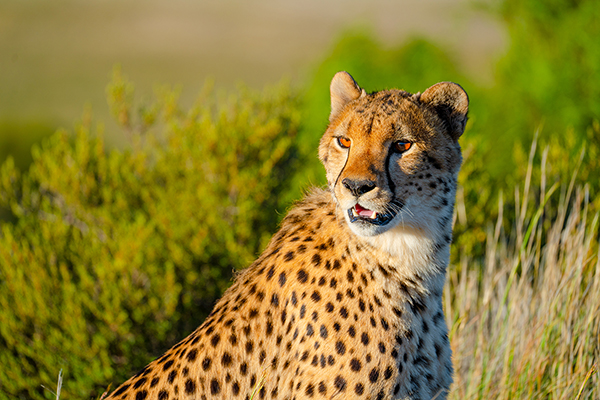
© Shannon Wild
Click image to view larger
Tip #2) USE A VERSATILE LENS THAT’S READY FOR THE UNEXPECTED. When you don’t know quite where or when the action will happen, an all-in-one lens like the Tamron 18-400 is perfect for this type of situation—no matter where the action happens, you’re covered.
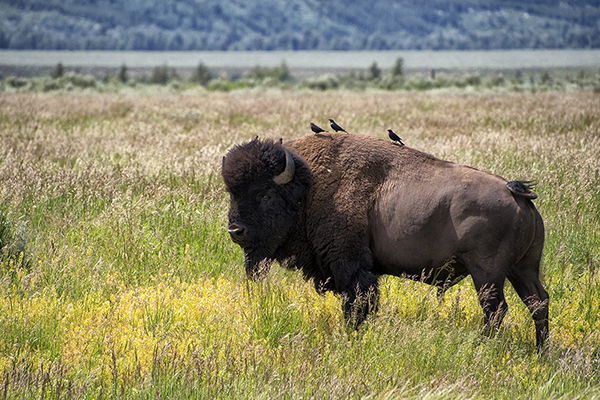
© Ken Hubbard
Click image to view larger
Tip #3) LOOK FOR UNIQUE WAYS TO PHOTOGRAPH YOUR SUBJECT. This can help diversify your wildlife portfolio. You can do this by isolating just a portion of your subject’s body or face to convey a more intimate moment, rather than taking a traditional portrait.
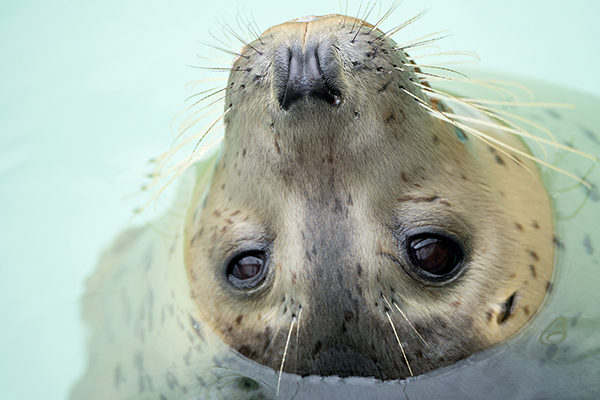
© Yuich Maruya
Click image to view larger
Tip #4) CAPTURE AN ANIMAL’S STARE. We have a natural inclination to make eye contact. When you zoom in on an animal’s eyes, especially a larger animal that we don’t typically get to see up close, it forges an immediate intimacy and connection between the animal and the viewer.
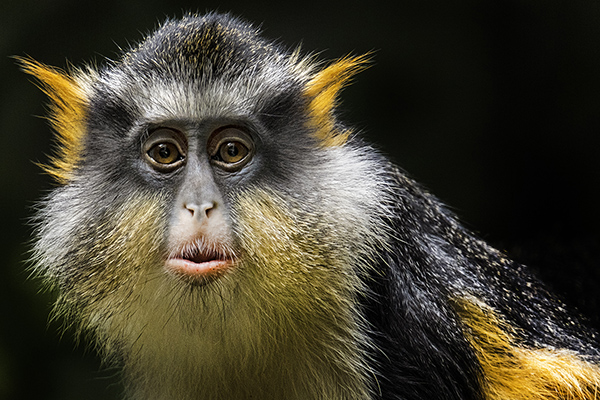
© Ken Hubbard
Click image to view larger
Tip #5) BE PREPARED FOR FASTER-MOVING BIRDS. This is especially true for birds in flight. In such cases, a shutter speed of at least 1/1000th of a second is crucial to freeze their movements and capture details. You’ll also want to pin-point the places where birds frequent. For instance, if eagles are flying down to a beach to scoop up fish that’s washed up on the shore, you can position yourself upwind so the eagles will be facing you as they land. Simply set your focus system to continuous tracking and get ready for some great pictures.
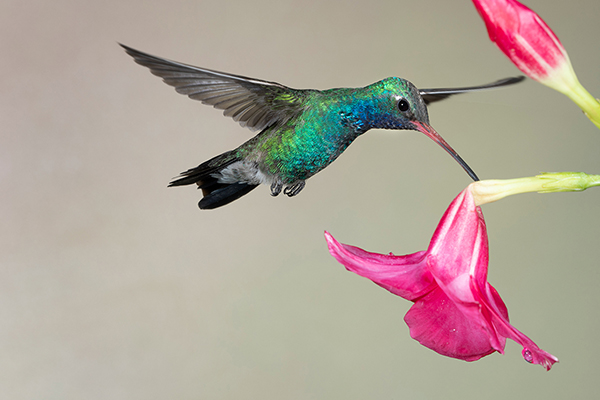
© Lisa Langell
Click image to view larger
Tip #6) POSITION YOURSELF AT EYE LEVEL WITH YOUR SUBJECT AS IT’S ON THE MOVE. Especially with larger animals, like the ones you might encounter on an African safari, this offers the viewer the feeling that they’re right there with you as an animal makes its approach. Just be sure to use an ultra-telephoto lens with plenty of reach so you’re able to keep a safe distance.
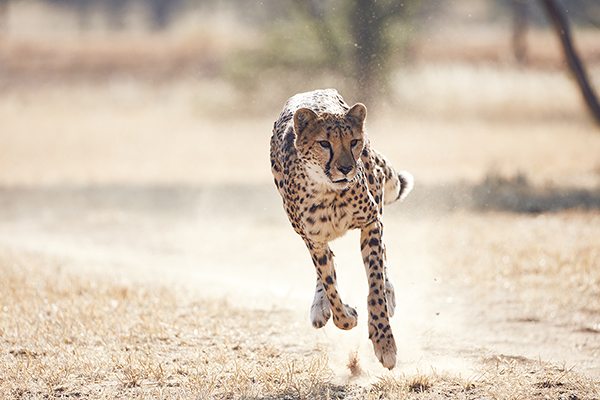
© Thomas Kettner
Click image to view larger
Tip #7) KEEP A LOW PROFILE. Disturbing the animal as little as possible is best practices when it comes to wildlife ethics. Position yourself in a spot so you can ensure an optimal composition, instead of having to chase or track your subject down. You’ll achieve photographs with more authentic animal behavior that way, as they (hopefully) won’t be affected by your presence. Set up in a sheltered, wooded area behind trees or in concealing grass to keep yourself out of sight. You might want to consider wearing camouflage and purchasing camouflage camera body and lens cover kits. This will help break your shape up, allowing you to blend more naturally into your subject’s environment.
More Photo Tips | Watch Videos | Learn More About Tamron Lenses | Photo Gallery